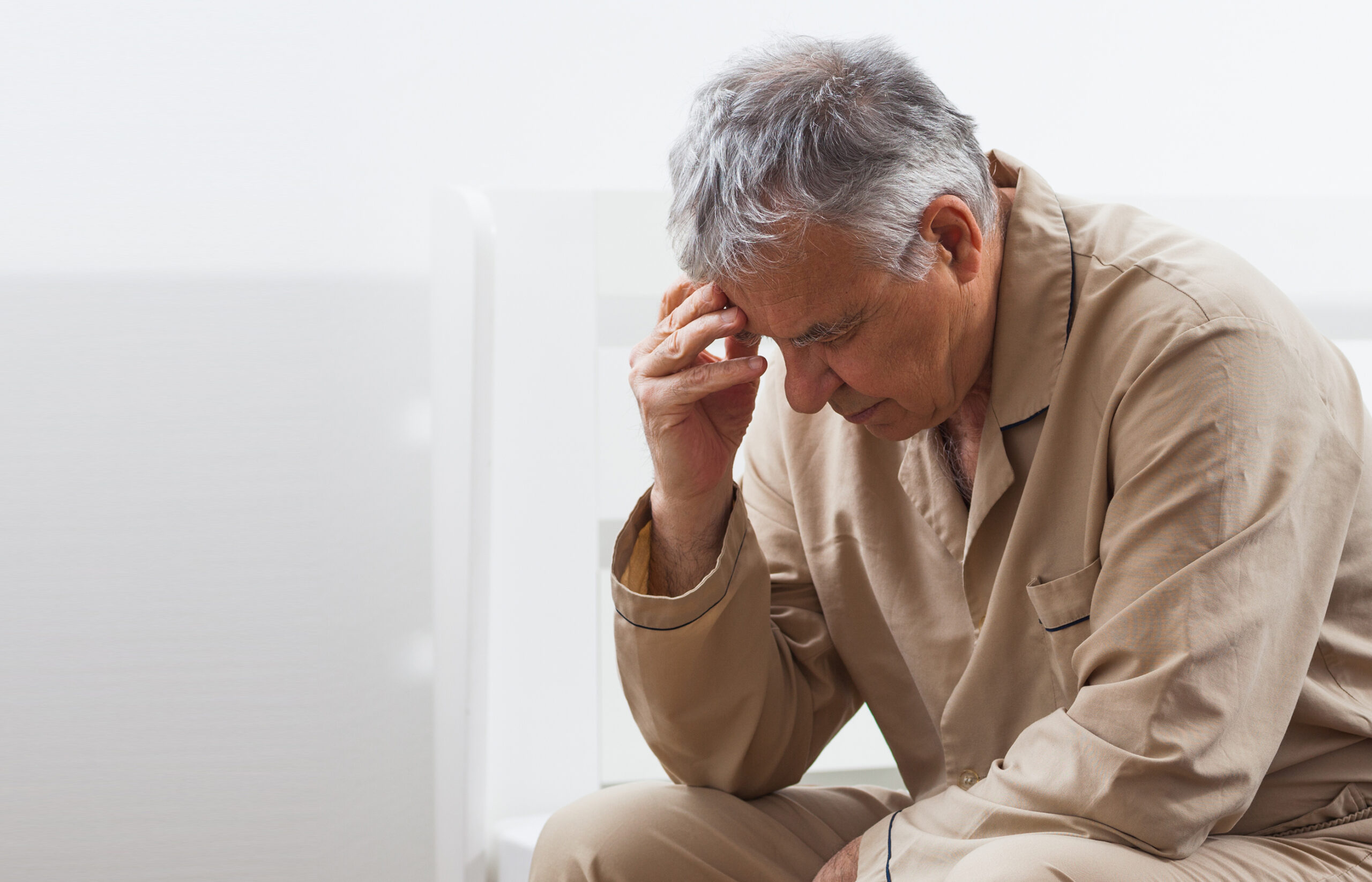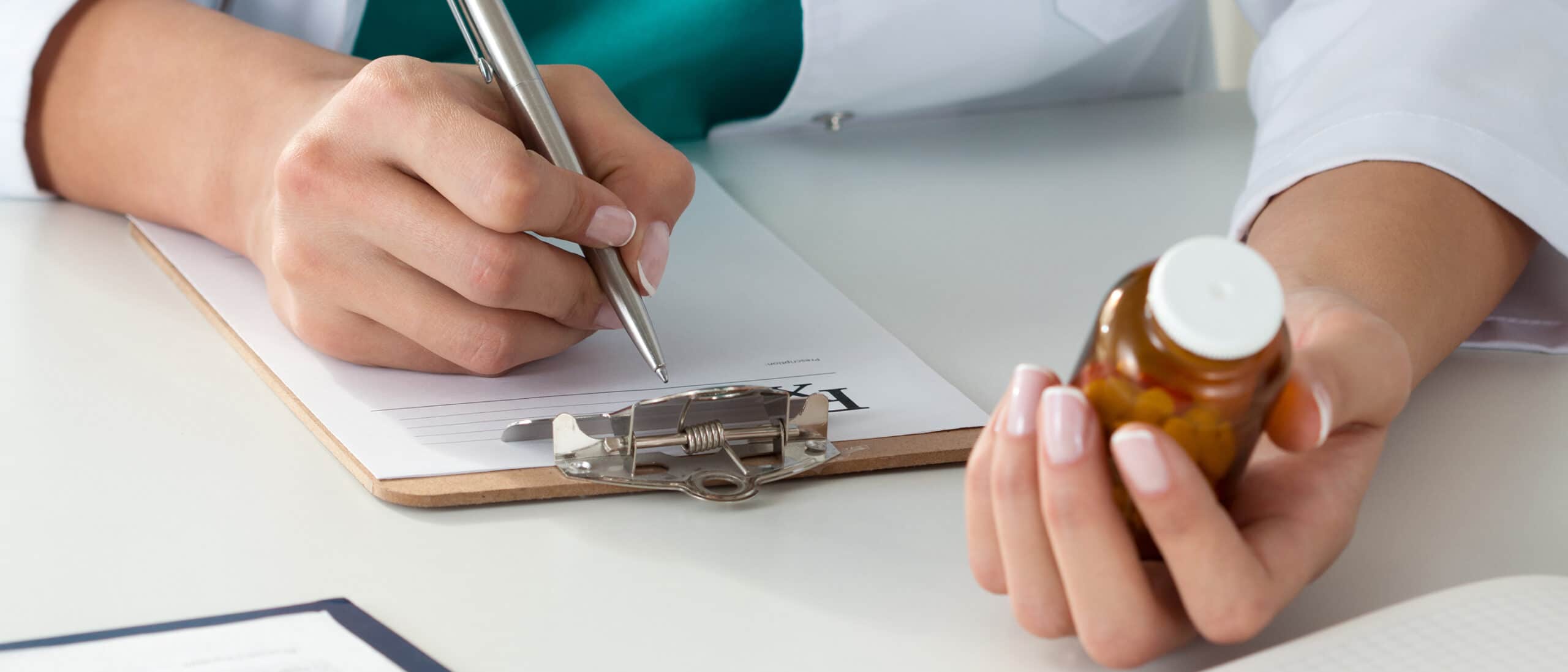Targeted Therapy Side Effects
The side effects of targeted therapy used to treat lung cancer depend on the type and combination of treatment drugs. Complications range from a few, mild symptoms to potentially fatal side effects.

What Are the Side Effects of Targeted Therapy for Lung Cancer?
Targeted therapy is a new form of cancer treatment still being studied to treat lung cancers. There are several types of targeted therapy drugs that “target” and fight cancer in different ways. Some targeted therapies boost the immune system to fight cancerous cells, some prevent the growth of blood vessels near tumors, while others attack the cells directly or make their environment too harsh to survive. The side effects of targeted therapy treatment depend on the type of drug prescribed. The most common symptoms patients experience with targeted therapy include diarrhea and liver complications. Side effects common among targeted therapy treatments with certain drug combinations include:
- Blood clotting issues
- Cough
- Facial swelling
- Fatigue
- Headache
- High blood pressure
- Hair color loss
- Hair loss
- Mouth sores
- Nausea and vomiting
- Skin and nail problems
- Slow wound healing
How Serious Are the Side Effects of Targeted Therapy?
No one can predict how you’ll respond to targeted therapy or how you’ll feel afterward. The severity of the side effects of targeted therapy treatment varies depending on the drug(s) and dose used, the type and stage of lung cancer, and the overall health of the patient before treatment began. Many people experience only a few, mild symptoms after starting treatment. However, some may have side effects serious enough to require longer stays in outpatient care or a trip to the emergency room.
Your body may react differently to certain targeted therapy drugs than other patients. Typically, targeted therapy is prescribed in daily, weekly, or monthly cycles to see how you react to treatment and to give your body time to recover between treatments.
Most of the side effects caused by taking targeted therapy drugs dissolve once treatment ends. All long-term side effects of targeted therapy, however, are not fully known, according to the American Cancer Society, because the drugs are still relatively new.
Treating the Side Effects of Targeted Therapy
You will visit your doctor regularly throughout the duration of treatment for testing. These tests (a range of blood, imaging, and physical tests) analyze how well targeted therapy is working to cure your cancer. Tell your doctor how you feel and update them with any new side effects since your last appointment.
Antidiarrheals and blood pressure medication can be prescribed to reduce painful side effects and other health risks from targeted therapy drugs. Your doctor may also prescribe medicine to eliminate side effects before treatment begins to prevent them from occurring. Some long-term complications caused by targeted therapy (such as eczema) can be managed with over-the-counter medications.
Skin Problems Caused by Targeted Therapy
Changes in the skin, hair, and/or nails are a side effect of several targeted therapy medications. The changes are not the same as an allergic reaction to medicine (which can begin almost immediately after taking it). Targeted therapy-related skin problems develop slowly over the course of treatment. Side effects like redness or rash may appear after a few days or weeks of treatment.
Usually, skin problems begin with heat or light sensitivity caused by medication preventing skin cells from retaining moisture. You may be more sensitive to the sun and burn or blister more easily after exposure. A skin rash (similar to acne for some patients) may develop on the chest, face, neck, scalp, and/or upper back. Most cases are mild but may crust and become red and dry, itch, burn, and/or sting.
Though skin problems negatively affect patients’ quality of life after treatment, they are the result of targeted therapy drugs working properly. Targeted therapy drugs known to cause skin problems include:
- Bevacizumab (Avastin®)
- Cetuximab (Erbitux®)
- Erlotinib (Tarceva®)
- Panitumumab (Vectibix®)
Other targeted therapy drugs have been shown to change the color and thickness of patients’ skin or hair. Temporary changes may occur like yellowing of the skin or the hair and/or skin darkening. Also, hair may become thinner during treatment.
Treating Skin Problems
Skin complications typically go away on their own once treatment ends, but some side effects may be painful enough to require medical attention. To treat skin rash, corticosteroid creams or antibiotic gels are usually prescribed until the problem clears up.
Sensitive skin affected by side effects can be cared for using the following tips:
- Avoid the sun
- Bathe instead of taking showers
- Bathe with lukewarm water and avoid hot water
- Don’t take acne medication
- Don’t wear tight shoes
- Lay wet cloths over crusty skin on eyes
- Moisturize skin at least twice daily
- Trim fingernails regularly
- Use laundry detergents intended for sensitive skin
- Use mild soaps and shampoos free of perfumes, alcohol, and dye
- Wear loose-fitting and soft clothing


